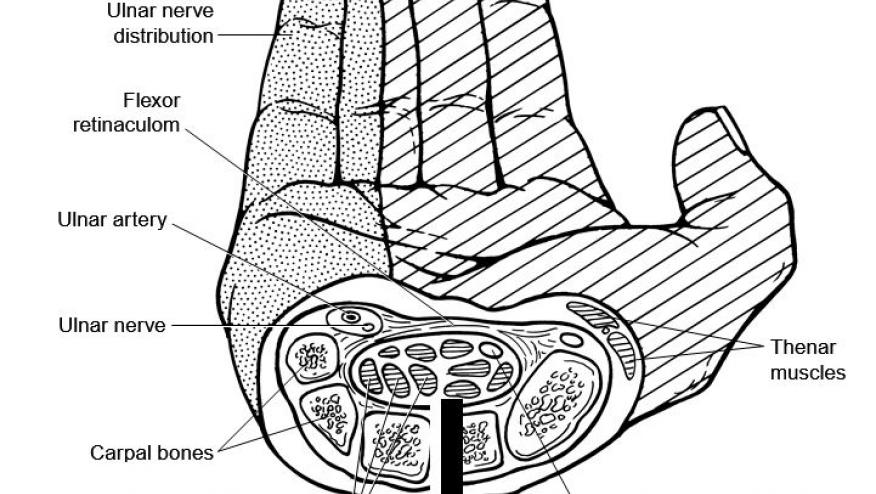AAOS Guidelines on Carpal Tunnel Diagnosis Save

Three million Americans are diagnosed with carpal tunnel syndrome each year.
New guidelines issued by the American Academy of Orthopaedic Surgeons (AAOS) recommends a thorough patient history and specific physical examination maneuvers to diagnose CTS; specifically, they do not recommed the use of MRI for CTS diagnosis. The guidelines are available at orthoguidelines.org.
There is strong evidence that thenar atrophy is associated with CTS; however, a lack of thenar atrophy is not enough to rule out CTS. The guidelines also recommend not using single results from common maneuvers (i.e., Phalen Test, Tinel Sign, Flick Sign) because alone, each has a poor or weak association with ruling-in or ruling-out carpal tunnel syndrome.
Risk factors for CTS include obesity, and to a lesser extent: peri-menopausal status, wrist ratio/index, rheumatoid arthritis, psychosocial factors, gardening, distal upper extremity tendinopathies, hand activity, assembly line work, computer work, vibration, tendonitis, workplace forceful grip/exertion.
For CTS treatment, the guidelines recommend splinting, steroids (oral or injection), the use of ketoprofen phonophoresis gel for CTS symptoms. Not surprisingly, there is strong evidence recommending surgery, when necessary, to release the transverse carpal ligament.









If you are a health practitioner, you may Login/Register to comment.
Due to the nature of these comment forums, only health practitioners are allowed to comment at this time.